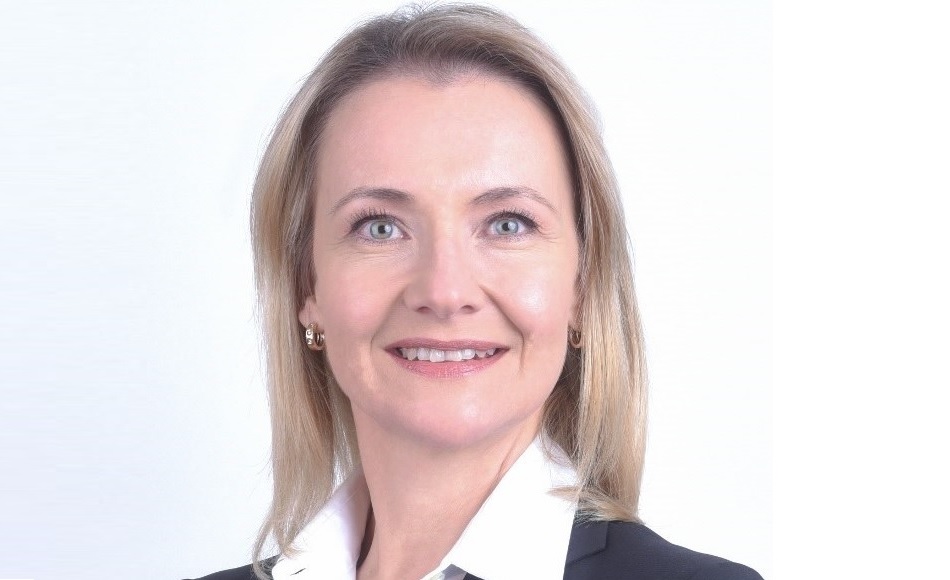Case study: How Tangency Capital selected a new risk software provider
Kai Morgenstern, Chief Risk Officer at Tangency Capital explains how the organisation implemented its new risk software, including how the company chose a provider and some of the challenges and pitfalls to implementing new technology
Sara Benwell POSTED ON 11/2/2020 8:30:09 AM

Sara Benwell: What was the reasoning behind implementing new risk software?
Kai Morgenstern: We started with a portfolio management solution provided by a Cat Modelling company. This was enhanced by excel-based templates to allow for efficient, minimal constraint implementation of necessary and innovative analytics.
Once mature, such solutions should be implemented in a system that has a central, solid and auditable database linked to and integrated into other tools like modelling software, reporting tools or accounting systems.
Sara: How did you go about selecting the software?
Kai: For the fund management in Tangency Capital, we needed an analytical system to process stochastic modelling data of insurance risks and their contractual conditions. We reviewed all systems known to us in the market and even contemplated developing our own system.
The existing systems can be divided into two general, but overlapping, camps: 1) Databases with some analytical capabilities and 2) Analytical Systems with some database system behind them.
Some of the systems can be customised in a variety of ways, others are more rigid and require the client to get changes implemented through the provider for a service fee. For long established and expensive systems with many users, any system changes are likely to take longer and individual preferences may have lower priority.
"We reviewed all systems known to us in the market and even contemplated developing our own system"
We pursue a differentiated strategy in the ILS sector, and due to the vast amount of granular data we receive, our analytical needs differ from those of many peers. As such we were looking for a system able to replicate our existing analytical tools in a professional way with the ability to better integrate with a database and develop them further.
We wanted something which allowed a lot of customization because we're not a typical cat bond or Collateralized Re fund. We have a very specific strategy which has slightly different requirements.
"Due to the vast amount of granular data we receive, our analytical needs differ from those of many peers"
It’s not vastly different in that we're using modelling data for natural catastrophes, we have layered programs underlying our participations and contractual terms to capture and process, but we needed something which we could customise to meet our needs and Foundation was a great fit.
The system provides us with a general framework and within that framework we can tailor the platform heavily to capture a lot of additional data which we can use for reporting and analytics – that approach serves our specific strategy very well with a mixture of analytics and databases.
Sara: What made you decide to outsource rather than building in house?
Kai: I started working in the reinsurance industry since the mid-90s. During that time, most companies developed their own systems.
The feeling I got was that the majority of these systems have generally similar functionalities, so 80 or 90 per cent of what people need to develop to have their own system could be provided by an external company who is providing it for several organisations.
"Generally, an outsourced customisable solution is cost- and time-efficient"
Developing in house means you spend far too much money, effort and time building customised systems which require a lot of maintenance to keep running in the long term. Generally, an outsourced customisable solution is cost- and time-efficient plus provides potentially additional functionalities.
We wanted to focus on our expertise which is reinsurance and managing funds instead of building IT systems, which quickly led us to dismiss the in-house development route.
Sara: What were some of the challenges you faced during implementation?
Kai: Foundation is a professional, flexible software covering the aspects of risk and portfolio management, underwriting and database management.
Being the first customer of the software allowed us to provide guidance on how functionality was implemented and in what sequence. This requires thoughtful project management and patience, since not all functionalities of the previous system are instantly available and fully functional.
Furthermore, we had to insure we had an operationally and economically viable fall-back position in case Treefrog Consulting Ltd. would discontinue the development of Foundation.
Sara: How were these challenges overcome?
Kai: After evaluating various alternatives, we decided to invest the time and effort to provide guidance for the development of Foundation to obtain an optimal software for the management of our fund.
We knew when we started the journey that it would take some time to get us to the stage where we can use it and it would need effort from our side to create the guidance, to test things and to specify what was needed for the development of the system.
"A key element for a partnership with a new software developer is the mutual trust"
We continue to run some parallel systems in areas Foundation does not fully cover. Those are expected to be phased out as we rely more on Foundation.
A key element for a partnership with a new software developer is the mutual trust to work with a committed, knowledgeable and capable partner with high integrity. Since I had worked with the founder of Treefrog, Dmitry Mnushkin, previously, we already had good insight into the company’s capabilities.
Sara: What differences has the new software made to the organisation?
Foundation has helped us build a fully integrated, auditable central database system. This provides further capabilities for reporting on a broader set of parameters and over time. In the reinsurance business, data is key, but you can only reap the benefits of big data analysis, if you can access and use it intelligently.
Sara: Were there any operational challenges getting the team on board with the new system?
We were lucky in that we don't have to educate large groups of people, our analytical team consists of just four people. It also helped that we weren’t moving from any legacy software but from an Excel based pricing sheet, so we always knew that we would need to move to a new platform.
Sara: What lessons did you learn from the project and is there anything you would do differently in the future?
I have a bias to underestimate the time it takes to implement software. We are spoiled by the toolbox approach of Matlab or even Excel allowing rapid creation of smart systems for individual projects.
"I would budget a longer implementation period when helping a vendor develop a new product"
For a central system with its own integrated database, everything is developed from scratch, which has the beauty of ultimately being extremely fast and efficient, but that takes time to build.
Next time, I would budget a longer implementation period when helping a vendor develop a new product.
Please Sign In or Register to leave a Comment.
SUBSCRIBE
Get the recent popular stories straight into your inbox







